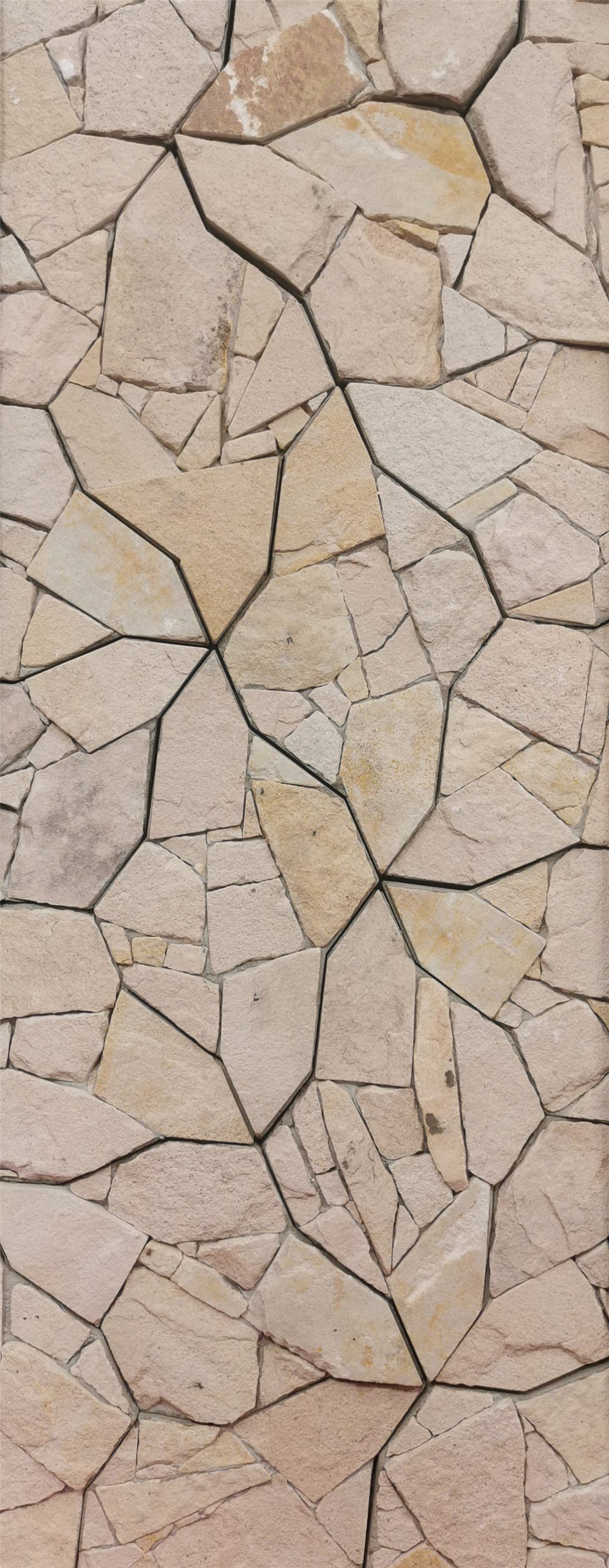Introduction:
Cultured stone pillars have been a staple of architectural design for centuries, providing both aesthetic appeal and structural support to buildings and structures around the world. These pillars are crafted using a blend of natural stone aggregates, cement, and other materials to create a durable and versatile building material. In this article, we will explore the history, benefits, design options, and applications of cultured stone pillars in architecture.
History of Cultured Stone Pillars:
The use of stone pillars in architecture dates back to ancient civilizations such as the Greeks, Romans, and Egyptians. These early cultures recognized the strength and beauty of stone as a building material and used it to create impressive structures that have stood the test of time. Over the years, different techniques and materials have been developed to mimic the look and feel of natural stone while offering increased durability and flexibility in design.
The concept of cultured stone, also known as manufactured stone, emerged as a cost-effective alternative to natural stone in the mid-20th century. By blending natural stone aggregates with cement and other additives, manufacturers were able to create a product that closely resembled the appearance and texture of natural stone while being lighter in weight and easier to work with. This innovation revolutionized the construction industry, making stone pillars more accessible to a wider range of projects.
Benefits of Cultured Stone Pillars:
Cultured stone pillars offer a variety of benefits that make them an attractive choice for architects, builders, and homeowners. Some of the key advantages of using cultured stone pillars include:
1. Aesthetic Appeal: Cultured stone pillars come in a wide range of colors, textures, and finishes, allowing for endless design possibilities. Whether you prefer a rustic, traditional look or a more contemporary style, there is a cultured stone pillar option to suit your needs.
2. Durability: Cultured stone pillars are designed to withstand the elements and maintain their appearance over time. Unlike natural stone, which can be prone to cracking and weathering, cultured stone is engineered to be more resilient and long-lasting.

3. Cost-Effectiveness: Cultured stone pillars are typically more affordable than natural stone, making them a cost-effective choice for budget-conscious projects. Additionally, the lightweight nature of cultured stone can reduce installation costs and simplify the construction process.
4. Versatility: Cultured stone pillars can be customized to fit virtually any design aesthetic, from traditional to modern. They can be used in both interior and exterior applications, adding character and charm to homes, commercial buildings, and landscaping projects.
Design Options for Cultured Stone Pillars:
When it comes to designing with cultured stone pillars, the possibilities are truly endless. Whether you are looking to create a grand entrance, add architectural interest to a facade, or enhance a garden or outdoor living space, cultured stone pillars can be customized to meet your specific needs. Some popular design options for cultured stone pillars include:
1. Traditional Columns: Classic round or square columns made from cultured stone can add a touch of elegance and sophistication to any architectural style. These pillars are often used to support porches, entryways, or pergolas, creating a stately and inviting presence.
2. Rustic Pilasters: For a more rustic or Old World look, pilasters made from cultured stone can be used to frame doorways, windows, or fireplace surrounds. These decorative pillars add texture and depth to a space, giving it a warm and inviting feel.
3. Modern Pillars: In contemporary design, clean lines and minimalist aesthetics are key. Cultured stone pillars can be used to create sleek and streamlined structures that complement modern architectural styles. Whether used as a focal point or as a subtle design element, modern pillars add a touch of sophistication to any space.
4. Garden Columns: Cultured stone pillars can also be used to enhance outdoor spaces such as gardens, patios, and courtyards. These pillars can be topped with urns, planters, or statues to create a focal point or used as a support for climbing plants or vines, adding vertical interest and greenery to the landscape.
Applications of Cultured Stone Pillars:
Cultured stone pillars are a versatile building material that can be used in a wide range of applications, both indoors and outdoors. Some common applications of cultured stone pillars include:
1. Residential Construction: Cultured stone pillars are often used in residential construction projects to create architectural features such as entryways, porches, and fireplaces. These pillars add character and charm to homes, enhancing curb appeal and overall aesthetic appeal.
2. Commercial Buildings: Cultured stone pillars can also be found in commercial buildings such as office buildings, hotels, and retail spaces. These pillars are used to create a sense of grandeur and sophistication, making a lasting impression on visitors and customers.
3. Landscape Design: In landscaping projects, cultured stone pillars can be used to define outdoor spaces, create visual interest, and provide structural support. These pillars can be incorporated into garden walls, pergolas, and outdoor kitchens, adding texture and dimension to the landscape.
4. Renovation Projects: Cultured stone pillars are a popular choice for renovation projects where the goal is to update the look of a space without the cost and complexity of using natural stone. These pillars can be used to refresh the appearance of a home or building, giving it a fresh and modern look.
Conclusion:
Cultured stone pillars have a timeless beauty that adds character, charm, and sophistication to any architectural design. Whether used in stone veneer , commercial buildings, landscape design, or renovation projects, cultured stone pillars offer a cost-effective and versatile solution for creating stunning architectural features. With a wide range of design options, colors, and finishes to choose from, cultured stone pillars can be customized to fit any style or aesthetic preference. As a durable and long-lasting building material, cultured stone pillars are sure to stand the test of time and continue to be a popular choice for architects, builders, and homeowners alike.
